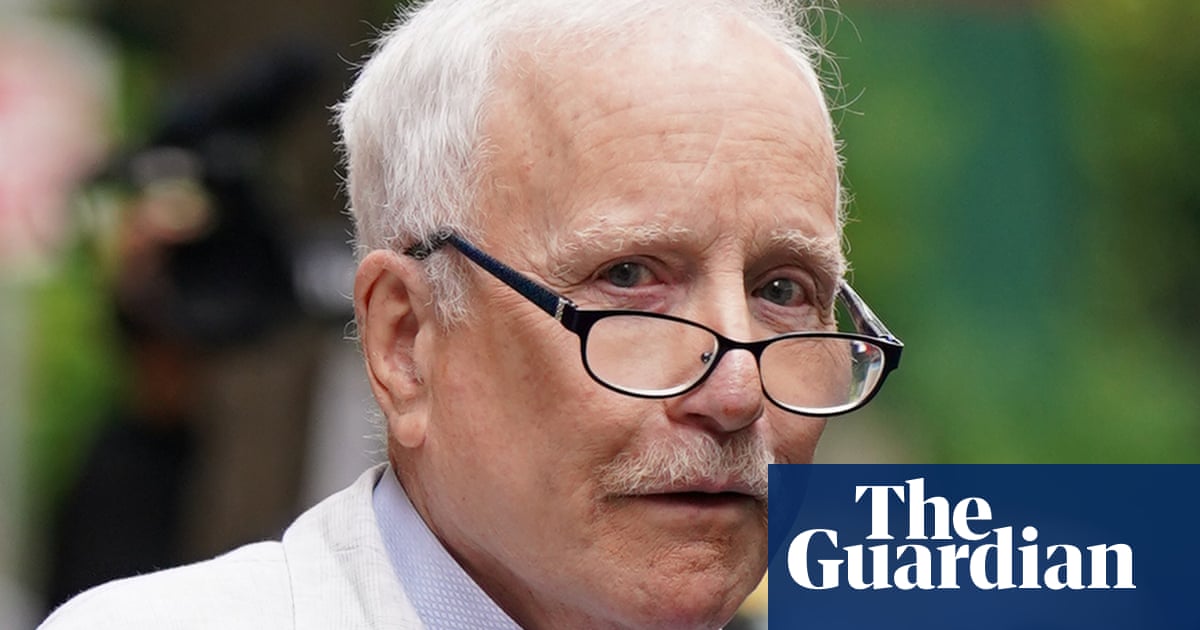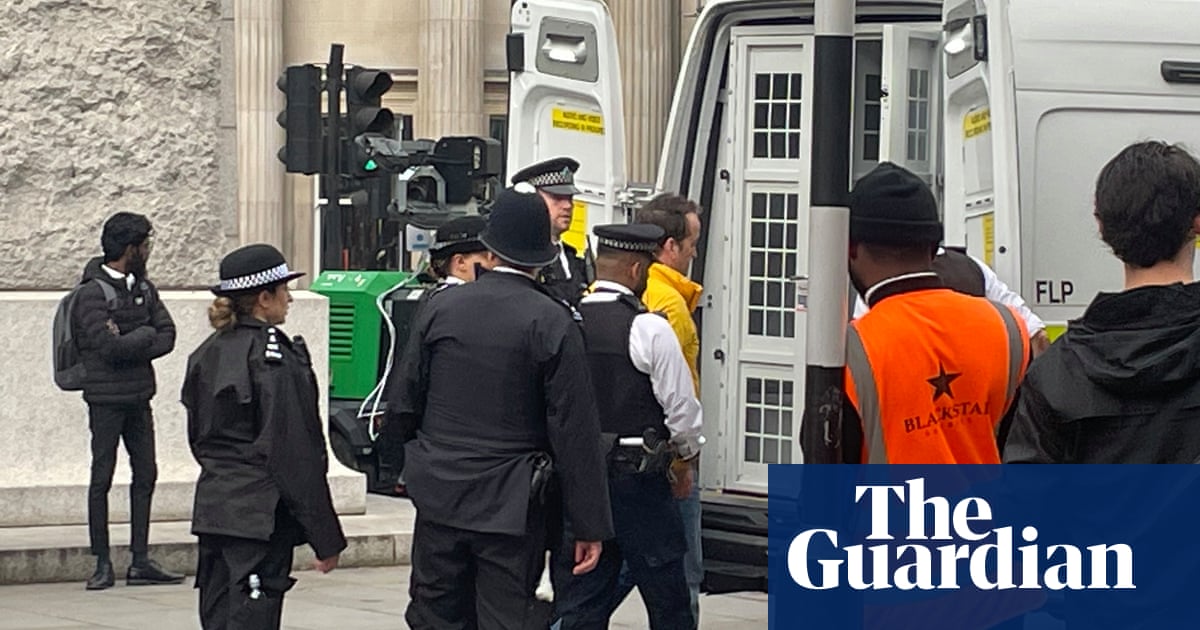Eleven kilometres south of Melbourne are two suburbs that defy the laws of physics. Brighton and its little sister, Brighton East – forming an affluent area rich with boutiques, pilates studios and actual richness – has been steadily spreading into neighbouring suburbs with fewer Phillippa’s Bakeries.
Over decades, its ever-expanding boundary has consumed parts of Gardenvale, Bentleigh, Hampton and Elsternwick.
This experience speaks to a bold and timeless Melbourne tradition – who doesn’t know someone who doesn’t embellish where they live? Parts of Balwyn were once Box Hill. Malvern East devoured some of Chadstone. Mitcham now suffocates Nunawading, East Bentleigh is chomping through Oakleigh South and Coburg is gradually swamping Fawkner. Some of these suburbs now exist primarily as desolate train stations, many of which are now bypassed on express services anyway.
If we find a place we like – to translate for non-Melburnians, higher property prices mean more palatable social standing – we just say everything else is also that place.
It came as no huge surprise, then, when Melbourne this week became Australia’s most populous city on a technicality. The 2021 census update that expanded Melbourne’s Significant Urban Area bumped our population to 18,700 more than Sydney’s. In our mission to become one heaving boundary encompassing the entire east coast, we have consumed the town-cum-suburb of Melton.
This latest change is part of an answer to our city’s favourite question: What if everywhere was Melbourne?
I’ve written before about how self-consciously needy Melbourne is. But what of its vastness? Covering almost 10,000 square kilometres, “Greater Melbourne” is six times larger than London and 12 times larger than Paris.
It’s unique in Australia’s coastal city landscape, unbounded by silliness like sparkling harbours or warm Indian Oceans. It has scope to expand unimpeded to the north, west and east, steamrolling the Dandenongs and perhaps, one day, constructing a land bridge to Tassie.
No other Australian city has Melbourne’s endlessness. To drive from Sunbury in the north-west to Pakenham in the south-east takes in more than 100 kilometres of metropolitan road – almost twice the distance from eastern Sydney to Penrith. One can drive (and perhaps, one day, catch a train) practically forever and still be in the land of oat milk and tennis. There have been times, living here, when I’ve felt as though Melbourne is all that exists.
According to the Australian Bureau of Statistics – which initiated this recent change – the Significant Urban Area includes “all contiguous urban centres with more than 10,000 people”. Greater Sydney still boasts more people than Greater Melbourne, by a measure of several hundred thousand, but where we will succeed is in the deliberate planning of boundary towns that become suburbs – see Caroline Springs, Craigieburn, Pakenham and Truganina.
All we have to do is build houses in the next suburb along. We don’t even have to service them with trains or schools. We can simply chop up some farmland into 600sqm blocks and expand Melbourne for ever.
after newsletter promotion
There’s a joke about Geelong being a suburb of Melbourne. In the old days, the two cities were separated by vast paddocks and bay views, but that’s no longer the case. The hour-long stretch of freeway is residential from the West Gate to Little River, with three-bedroom houses on standard suburban blocks.
One no longer fully leaves Melbourne before spying the red and white smoke stack of Geelong’s famous oil refinery. In fact, G-town has itself been spreading, south and west to build up Waurn Ponds, which in turn is ever encroaching on the previously quaint hamlets of the Surf Coast.
Progress (creating unaffordable housing in increasingly surprising locations) continues apace. And so, the already enormous Melbourne grows once again. But maybe that’s by design. One day we will knock on Sydney’s door, having devoured Canberra without even noticing, and point to the great eastern seaboard stretch of residential housing we have constructed.
Perhaps, as it turns out, the plan isn’t to beat Sydney for Australia’s largest city but to simply become Sydney … and continue from there.

 1 year ago
64
1 year ago
64










 English (US)
English (US)